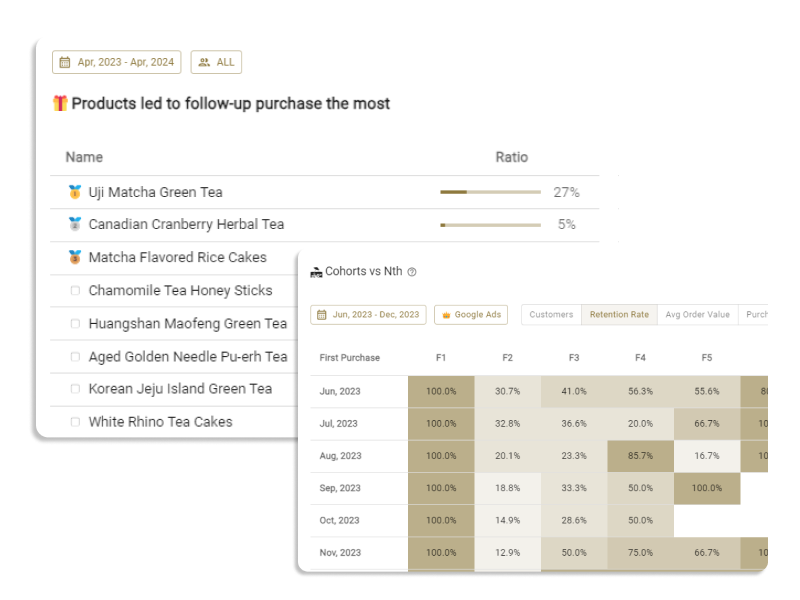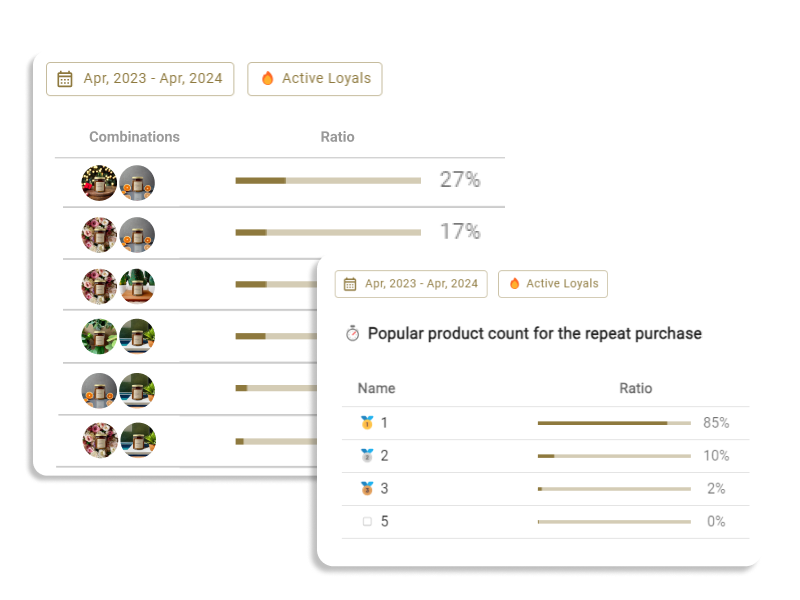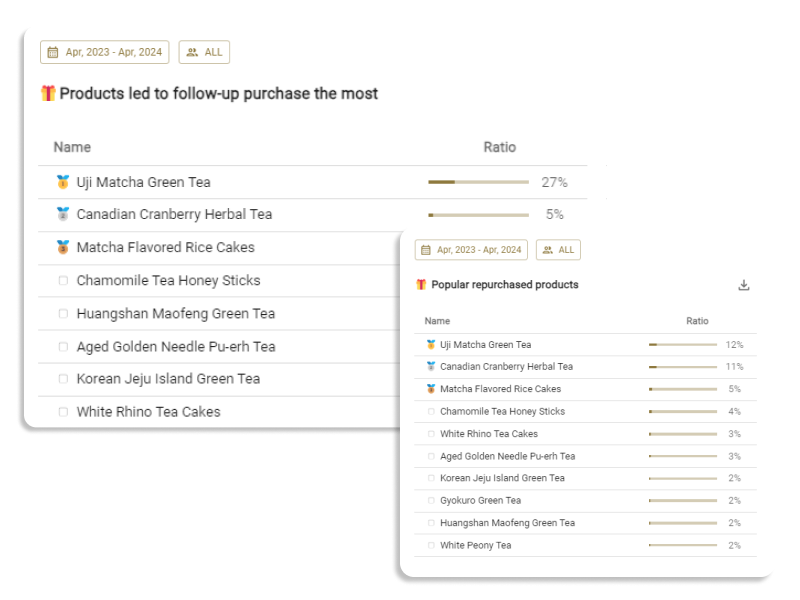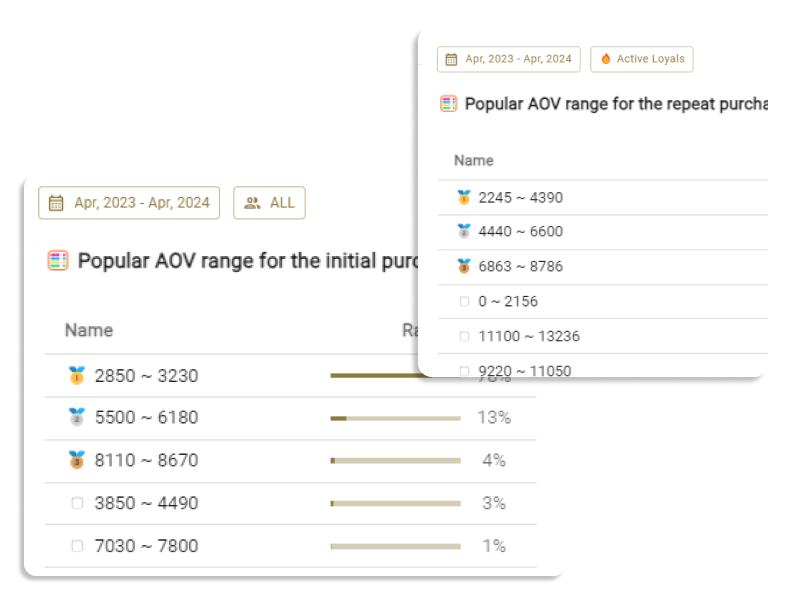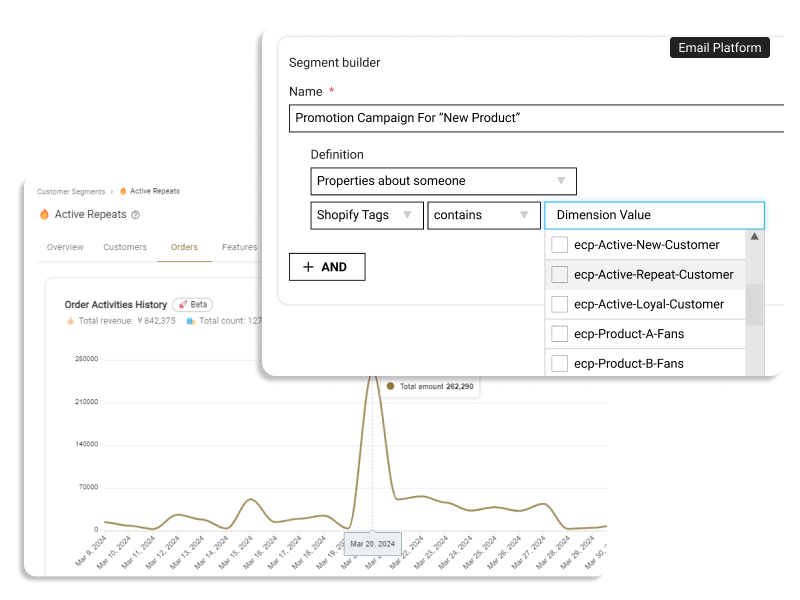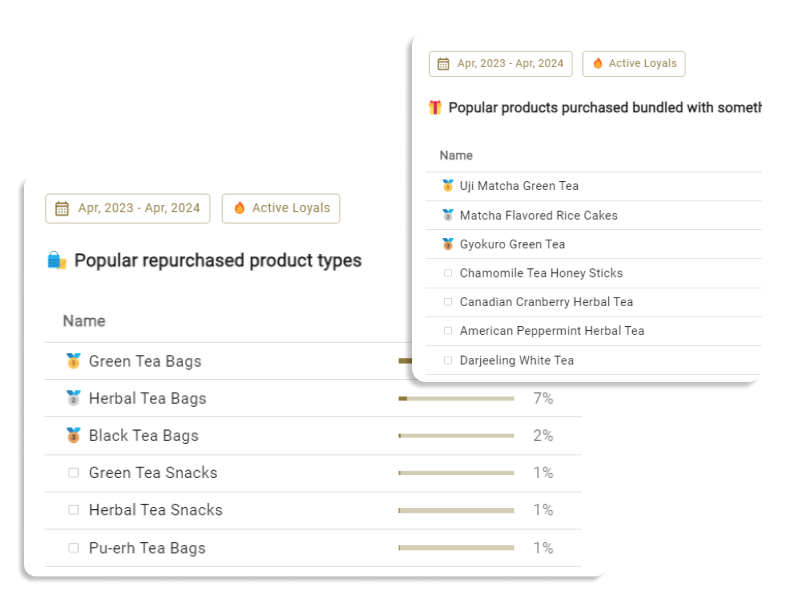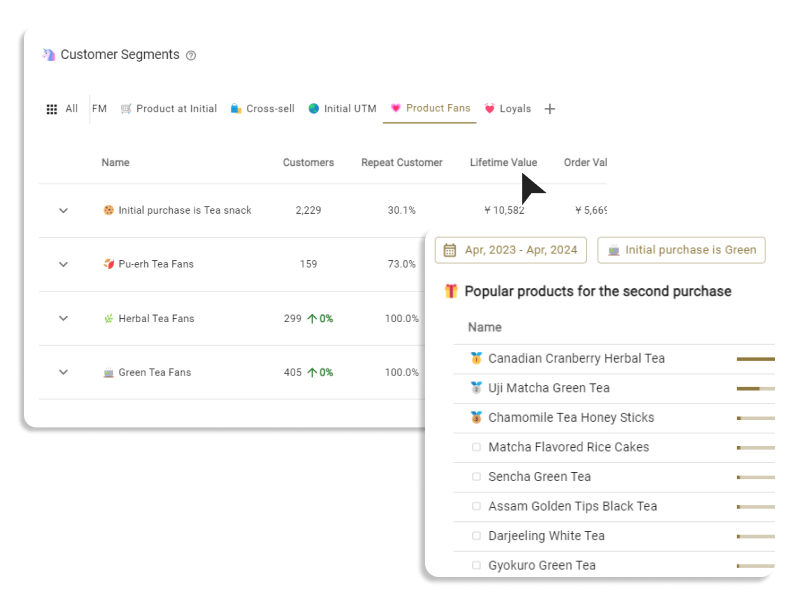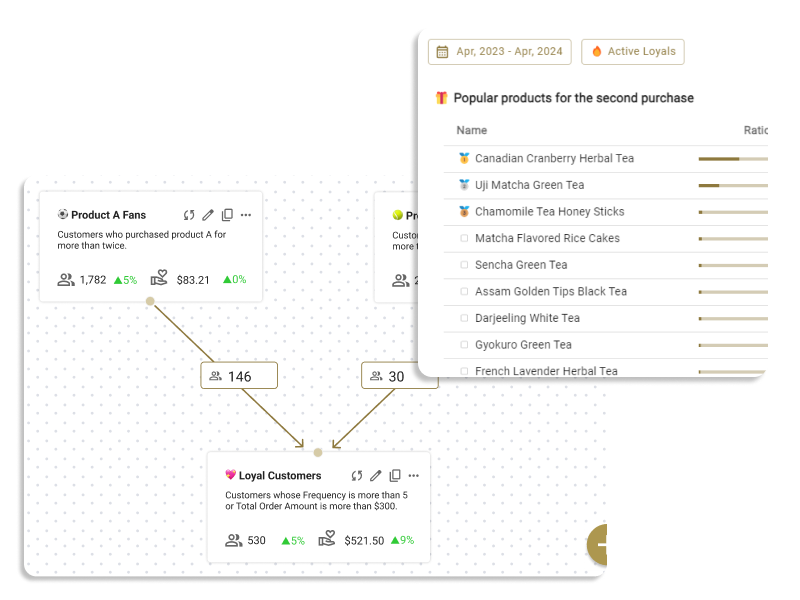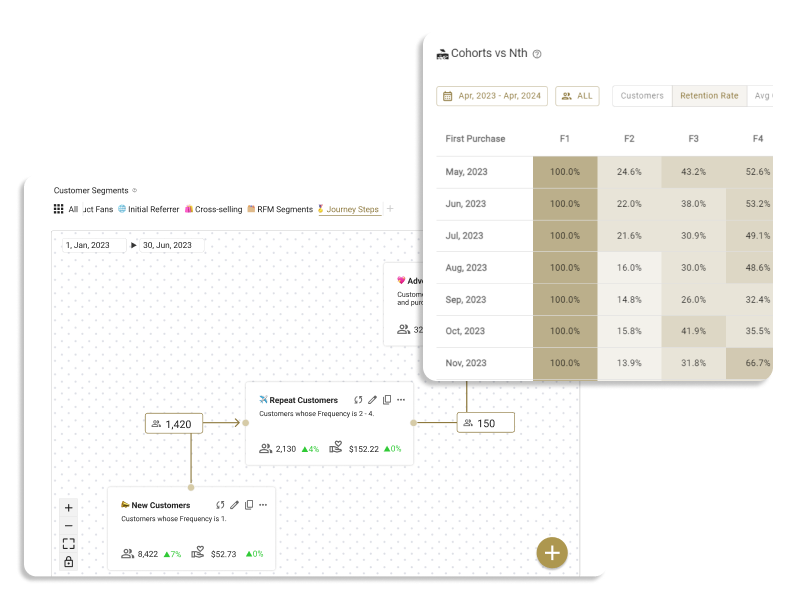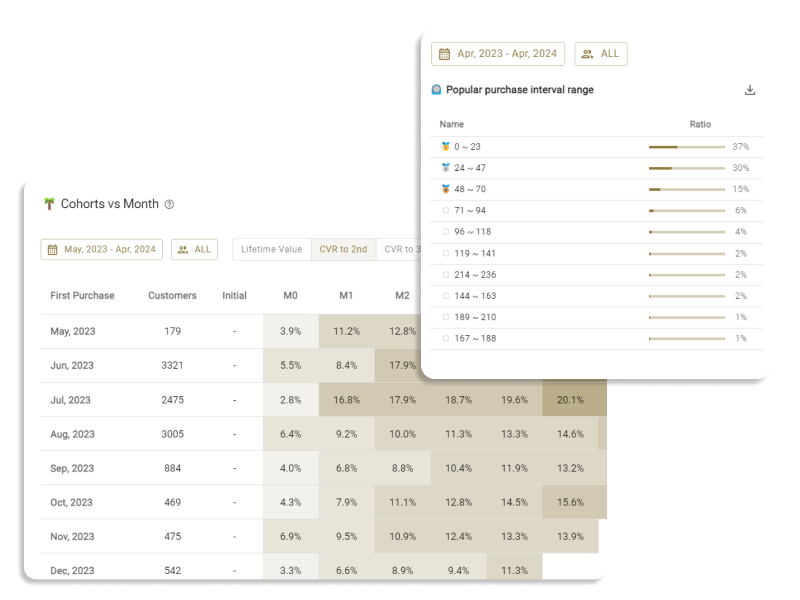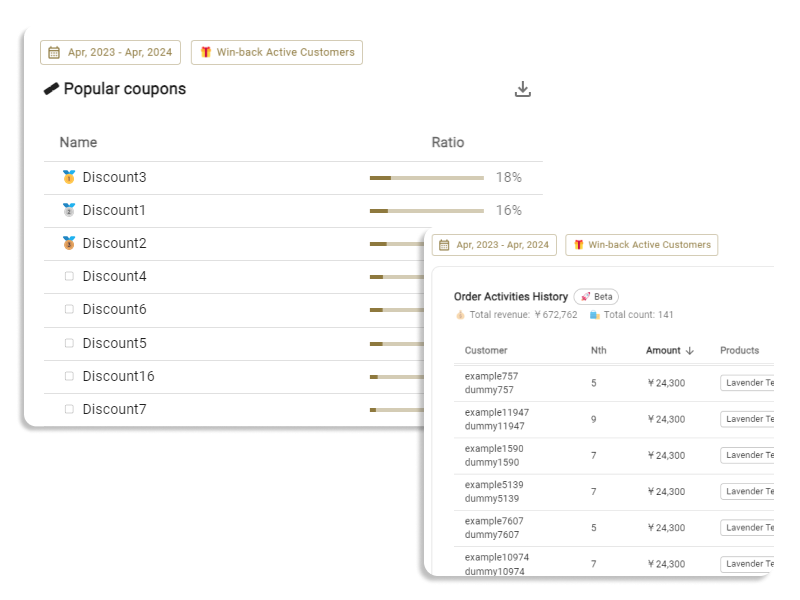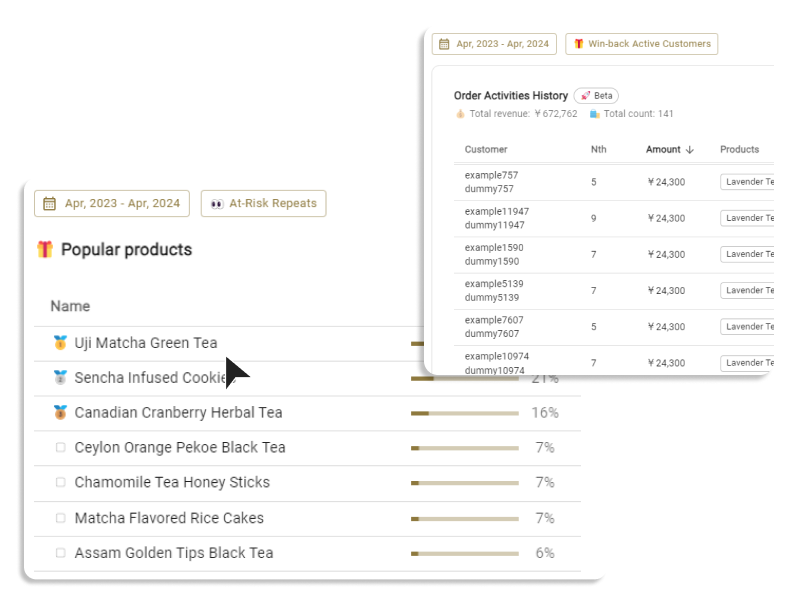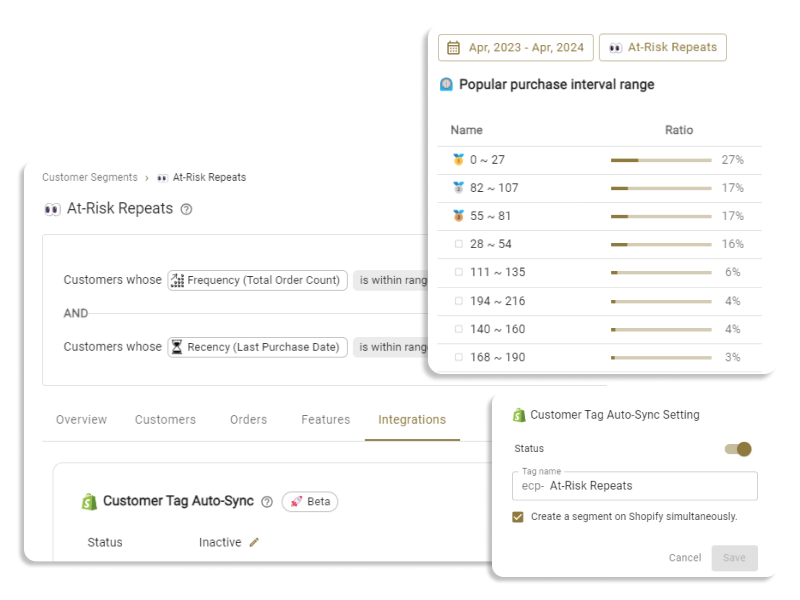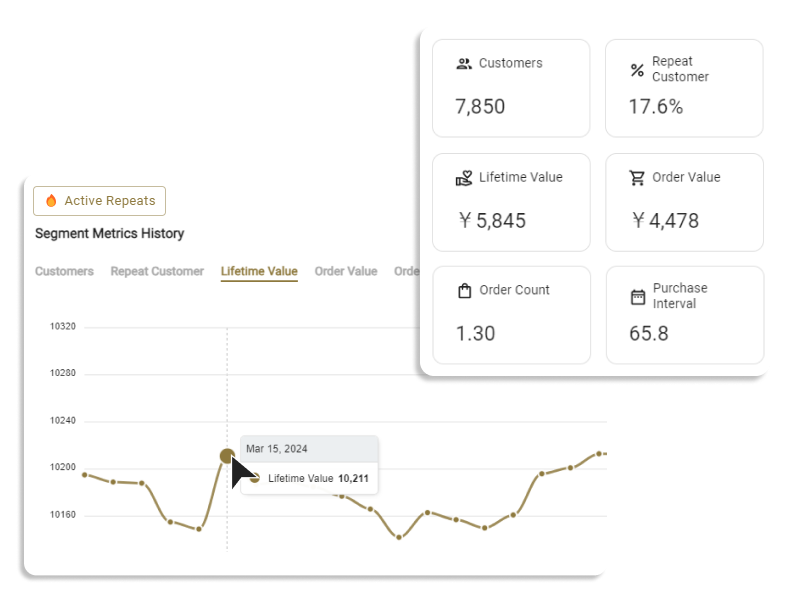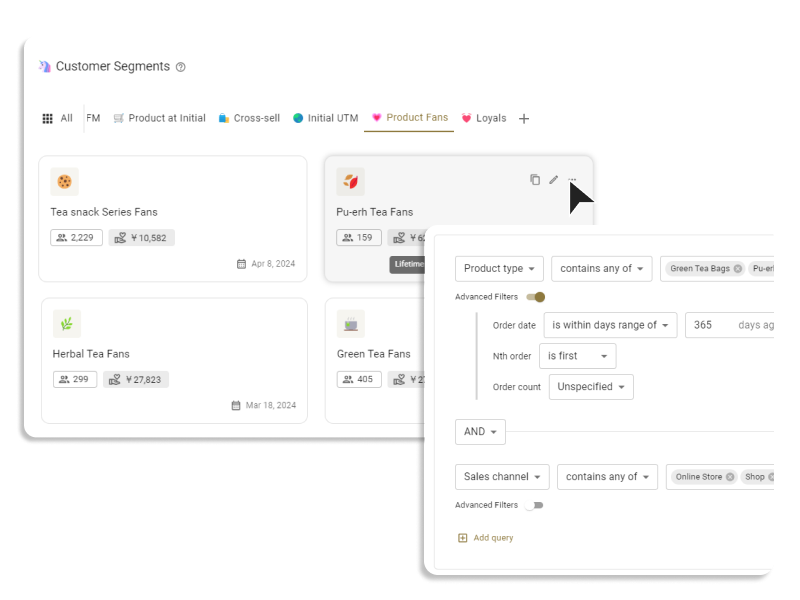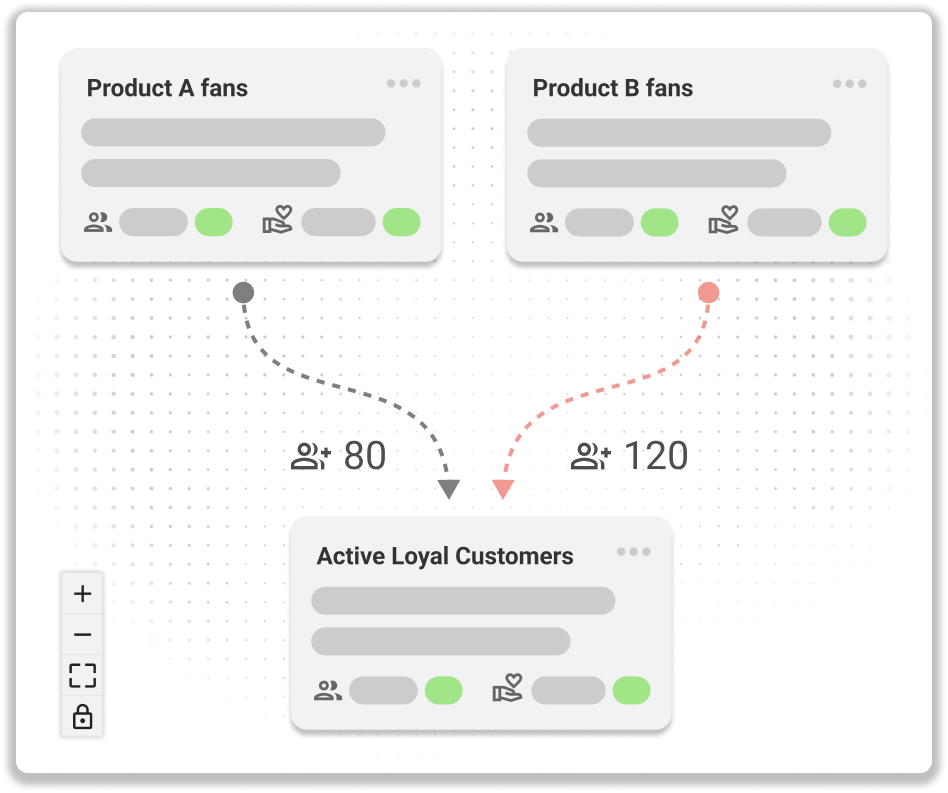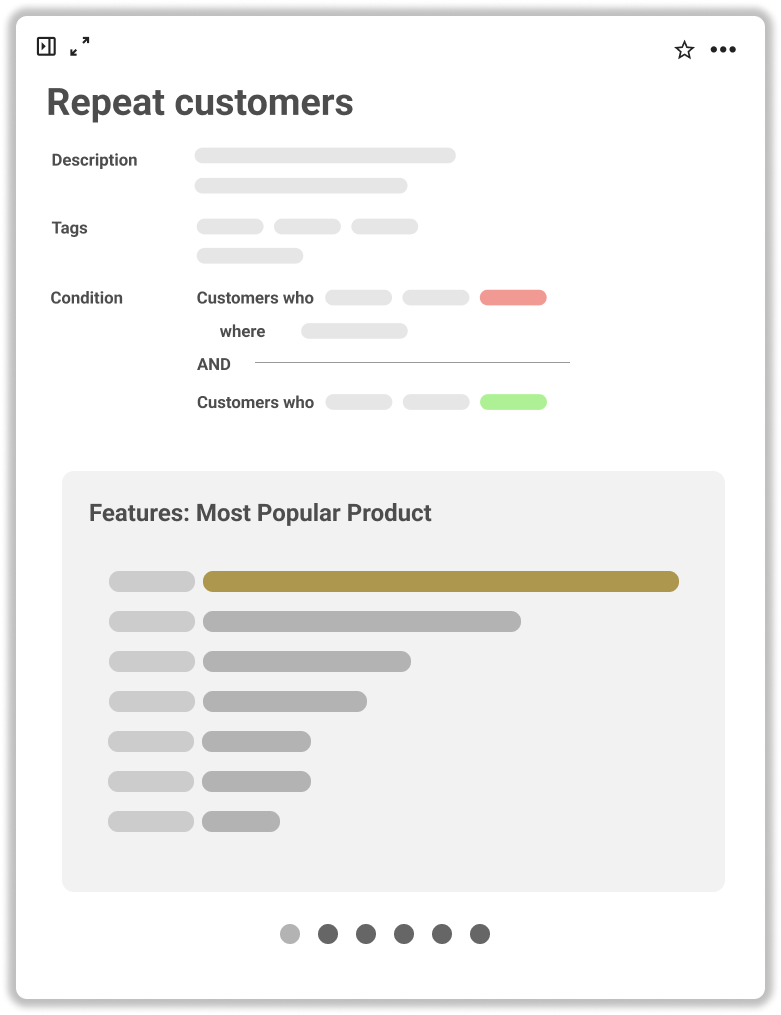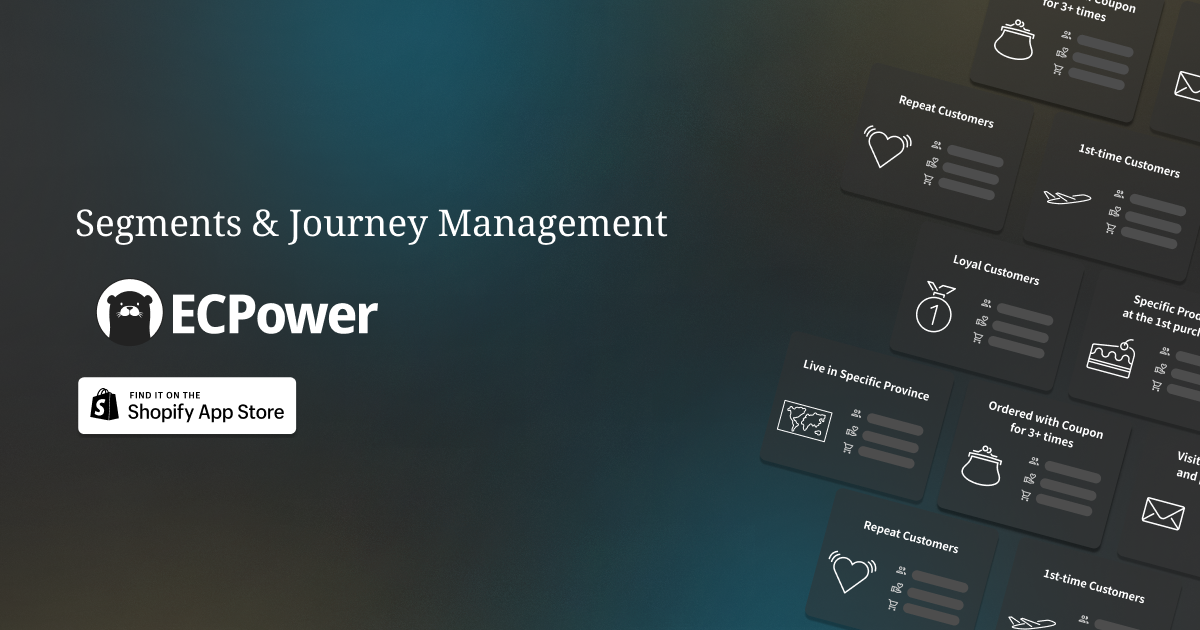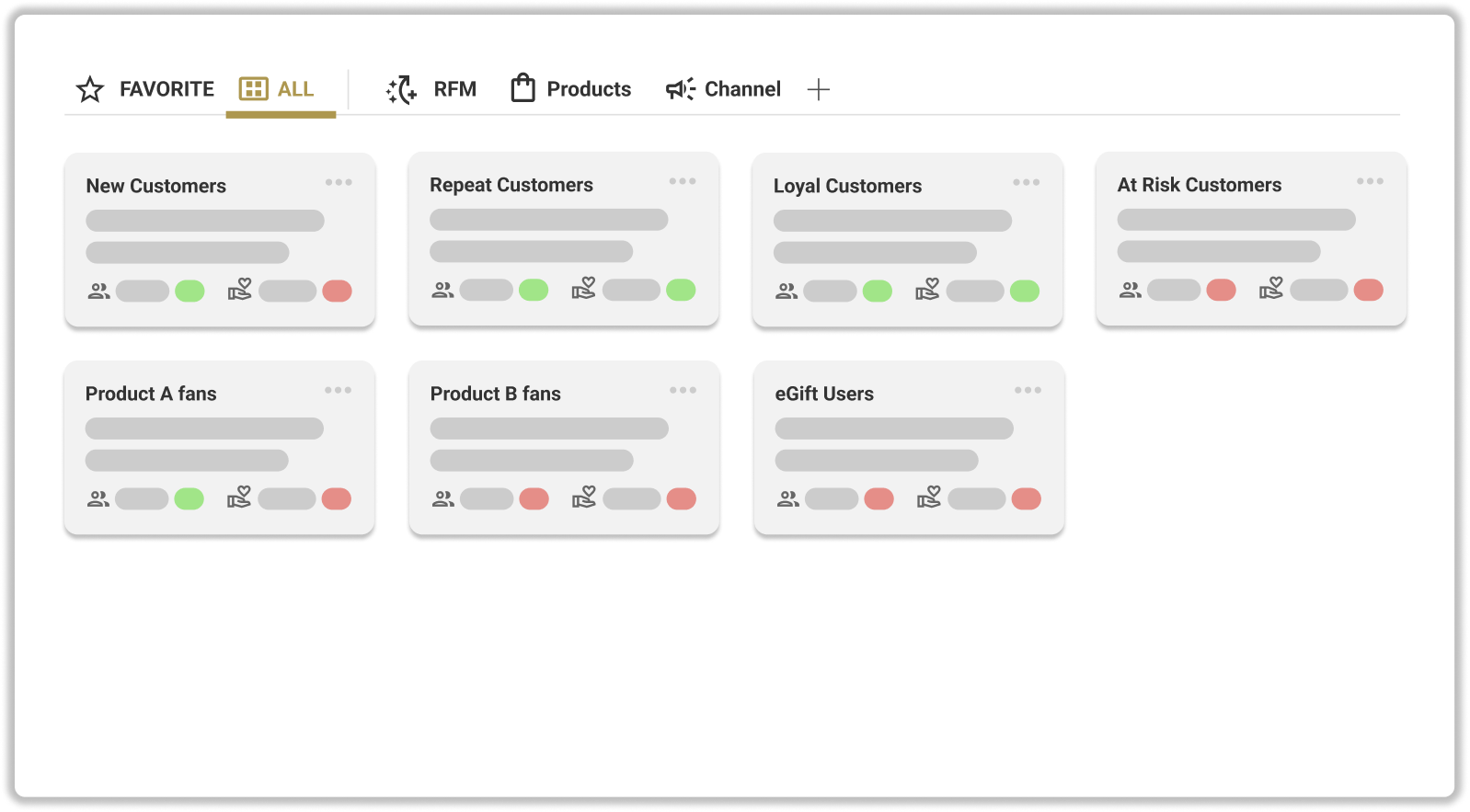Introduction
The importance of email marketing for existing customers has been increasing lately. This article explains how eCommerce marketers can use Omnisend to enhance the lifetime value of your store.
Why is Email Marketing Important and How to Choose the Best Tool?
What is email marketing in eCommerce?
Email marketing is the practice of using email to promote products or services, and to stay in contact and engage with customers. This includes "email newsletters," which are sent as part of email marketing campaigns with the goal of promoting sales through targeted and personalized messages. Email marketing is especially valuable in eCommerce for maintaining relationships with existing customers and encouraging repeat purchases.
Reference article:
Why is email marketing so important in eCommerce?
The importance of email marketing for existing customers has been increasing in recent years. One of the main reasons is that, in the context of high hurdles to acquire new customers, enhancing the customer lifetime value (CLV) of existing customers has become more important.
In eCommerce, CLV can be broken down into elements such as their "average order value"(AOV), "purchase frequency," and "customer lifespan." Among these, email marketing is an effective means of improving CLV, as it helps to increase "purchase frequency" and "customer lifespan" by maintaining regular contact with existing customers.
Reference article:
What Aspects are Important When Choosing the Right Email Marketing Tool in eCommerce?
1. Design templates and email builder
Email marketing is crucial for consistent communication with your audience. However, creating an attractive email design from scratch without compromising the brand image is challenging.
To address this, having a “Design Template” or “Email Builder” function that can quickly create emails with a certain level of design without relying on designers is important. It's also desirable to select a tool that offers flexibility for customization, such as layout and color adjustments to match your brand.
2. Automation Flow
Automation is perhaps the most popular feature in email marketing.
In this field, effective marketing techniques such as "abandoned cart follow-up emails", "post-purchase follow-up emails", and "birthday emails" have been established. Automation features that can deliver these emails automatically can reduce the workload of marketing personnel and free them up to focus on more creative tasks.
Some tools offer advanced features that not only automate basic delivery but also allow users to set their own event triggers and build flexible automation flows.
3. Segment Delivery
The "segment delivery" function is a crucial feature that is often overlooked.
According to surveys, 70% of eCommerce businesses distribute the same message to all customers without dividing them into segments (It’s called Mass emails). However, when sending mass emails, the message can become blurred, and the sender cannot personalize the message for the customer. Additionally, for the recipient, it becomes just one of many similar SMS or email messages, resulting in campaigns that are not opened and do not lead to results.
"Segmentation" is the process of dividing customers into groups based on similar purchasing purposes, needs, and preferences. By dividing customers into appropriate segments and communicating with each segment appropriately, you can conduct email campaigns with high conversion and engagement rates. Such email campaigns are sometimes called "segmented delivery."
The four main types of segmentation are behavioral, psychological, demographic (such as gender and age), and geographic (such as residence). However, the most important and practical is "behavioral segmentation."
In marketing activities for existing customers in eCommerce, it is crucial to use behavioral data, such as "what actions were taken on the site and what products were purchased," for segmented delivery.
Reference article:
4. Performance measurement function
To properly evaluate and improve email campaigns, it is important to understand email marketing indicators such as "open rate" and "click-through rate." Most email marketing tools can measure this data, but in the case of eCommerce, it is most important to analyze whether clicks actually lead to purchases
Another common concern about "open rates" and "click-through rates" is that it is difficult to determine whether the numbers are generally good or bad. These indicators are difficult to judge as they vary depending on the industry and product. Some email marketing tools provide a feature that allows businesses to compare their data with industry standards.
5. Pricing system
The pricing system cannot be overlooked. Since there is not much difference in the functionality of email marketing tools in terms of sending emails, each company is trying to respond to specific business needs by devising its own pricing system. For example, there are tools with a pricing system that charges based on the number of email subscribers and allows for unlimited emails to be sent at a flat rate. Conversely, there are tools that charge based on the number of emails sent, making it relatively easy for newly launched eCommerce businesses to engage in email marketing. There are also differences in the range of free plans available.
It is necessary to judge the appropriate tool based on the growth phase of one's own eCommerce business.
What is Omnisend?
"Omnisend" is a service specializing in email marketing that has been available since 2014, excelling in integration with Shopify. It often gets compared to Klaviyo and is in competition, offering nearly equivalent features.
As the name suggests, Omnisend focuses on omnichannel marketing platforms, allowing marketing through means other than email, including "Web notifications" and "SMS."
For Klaviyo, as of May 2023, SMS can only be sent to the United States, Canada, the United Kingdom, Australia, and New Zealand. So for those who wish to use SMS marketing in Japan, Omnisend is a strong contender.
Features of Omnisend
Omnisend encompasses all the needed features for email marketing tools, with the added advantage of supporting SMS.
Design Templates and Email Builder Feature
Like other standard tools, Omnisend offers numerous superior design templates allowing users to begin creating emails from a template of their liking according to their needs.

Furthermore, you can automatically apply logos and brand colors to templates in “Manage Your Brand”. For eCommerce stores, maintaining brand consistency is crucial. This is a valuable feature that Omnisend has, but Klaviyo does not.

The email builder doesn’t have significant differences from others, allowing users to create HTML emails with no-code (drag & drop).

Automation Feature
Omnisend's automation feature is named "Automation." It enables the construction of automated flows with a drag & drop flow builder. Compared to Klaviyo, it offers a more user-friendly UI with more concise information.
Automation might seem complex at first glance, but it essentially operates by setting up “triggers” and specifying “actions”. It seems to offer choices equivalent to Klaviyo regarding the types of triggers and actions.

For users who are unsure where to begin, nearly 30 templates are available, ranging from basic ones like “Welcome Email” and “Cart Abandonment Follow-up” to those covering “Cross-Sell Scenarios” and “Lapsed Customer Re-engagement Scenarios”.

Send emails to segments
A distinctive feature of Omnisend is its customer segment creation function. Many email marketing tools tend to only refer to customer segments on Shopify. Omnisend, however, fully integrates with Shopify data, allowing the creation of customer segments using order data.
This means you can perform "Behavior Segmentation" and conduct segment deliveries.
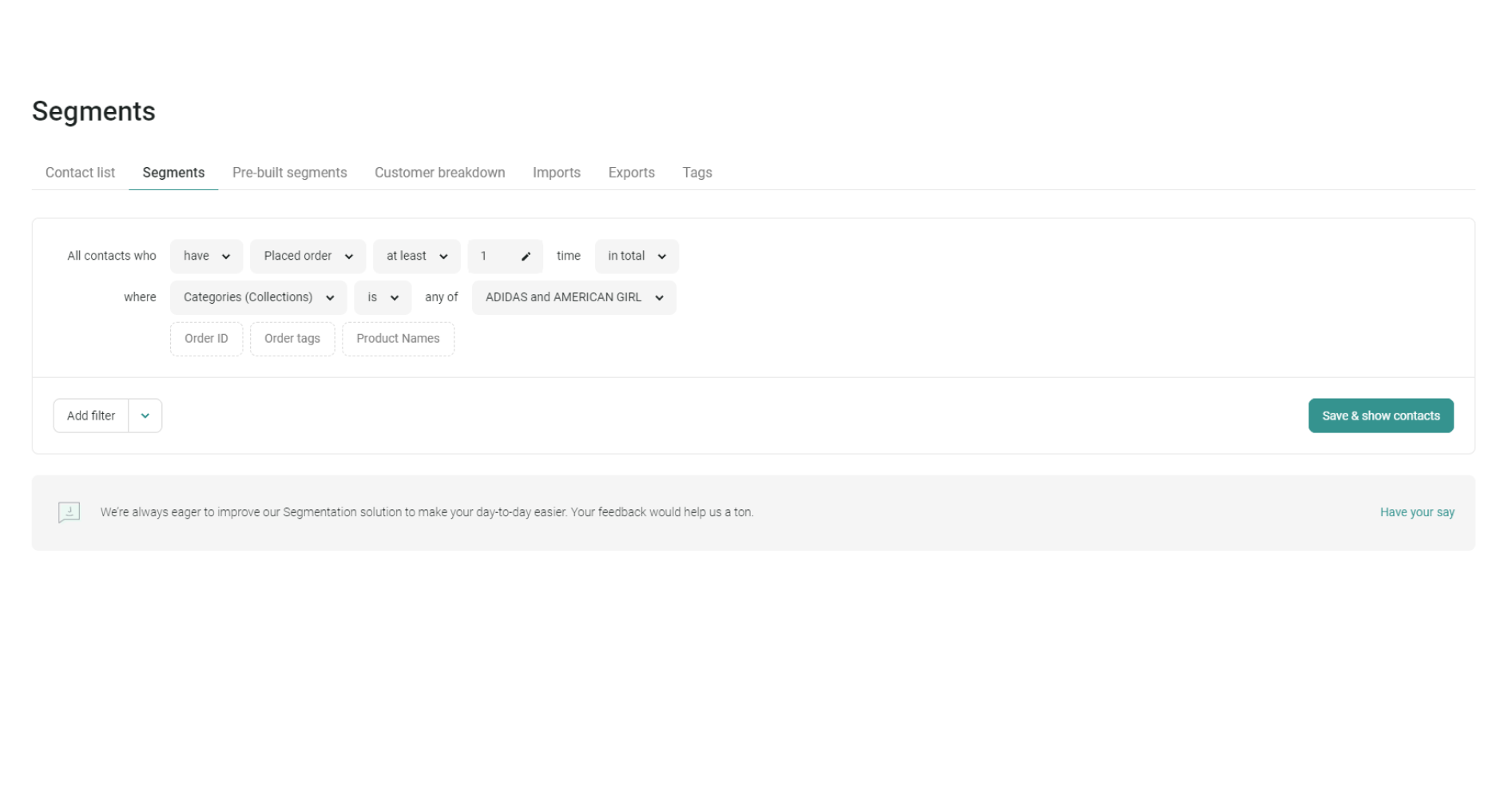
In terms of segment creation, it allows the construction of customer segments with various conditions by combining AND / OR in the form creation. If there is a specific difference from Klaviyo, it would be the inability to specify the number of purchases of a specific product.
For example, suppose you want to create a segment for fans of product A.
In Omnisend, you can only create a segment for customers who have “purchased product A at least once” (It is difficult to say that someone is a fan just because they bought it once.)
In Klaviyo's case, you can create segments like “those who have purchased product A three or more times.”
In comparison with Klaviyo, there are detailed restrictions, but compared to other email marketing apps, it still offers a very advanced segment email delivery function.
Measurement for Marketing Performance
Like other tools, Omnisend allows the measurement of open rates and click-through rates.
Moreover, by setting UTM parameters when creating an email, it is possible to measure sales. However, concerning reporting, including sales, Shopify's own "Shopify Email" is a bit more comprehensive.

A feature of Omnisend’s report is the ability to analyze the metrics of the first 24 hours after the campaign starts, in one-hour increments. In email marketing, the initial few hours are indeed crucial. It's a modest but valuable feature when reviewing and analyzing in detail later on.
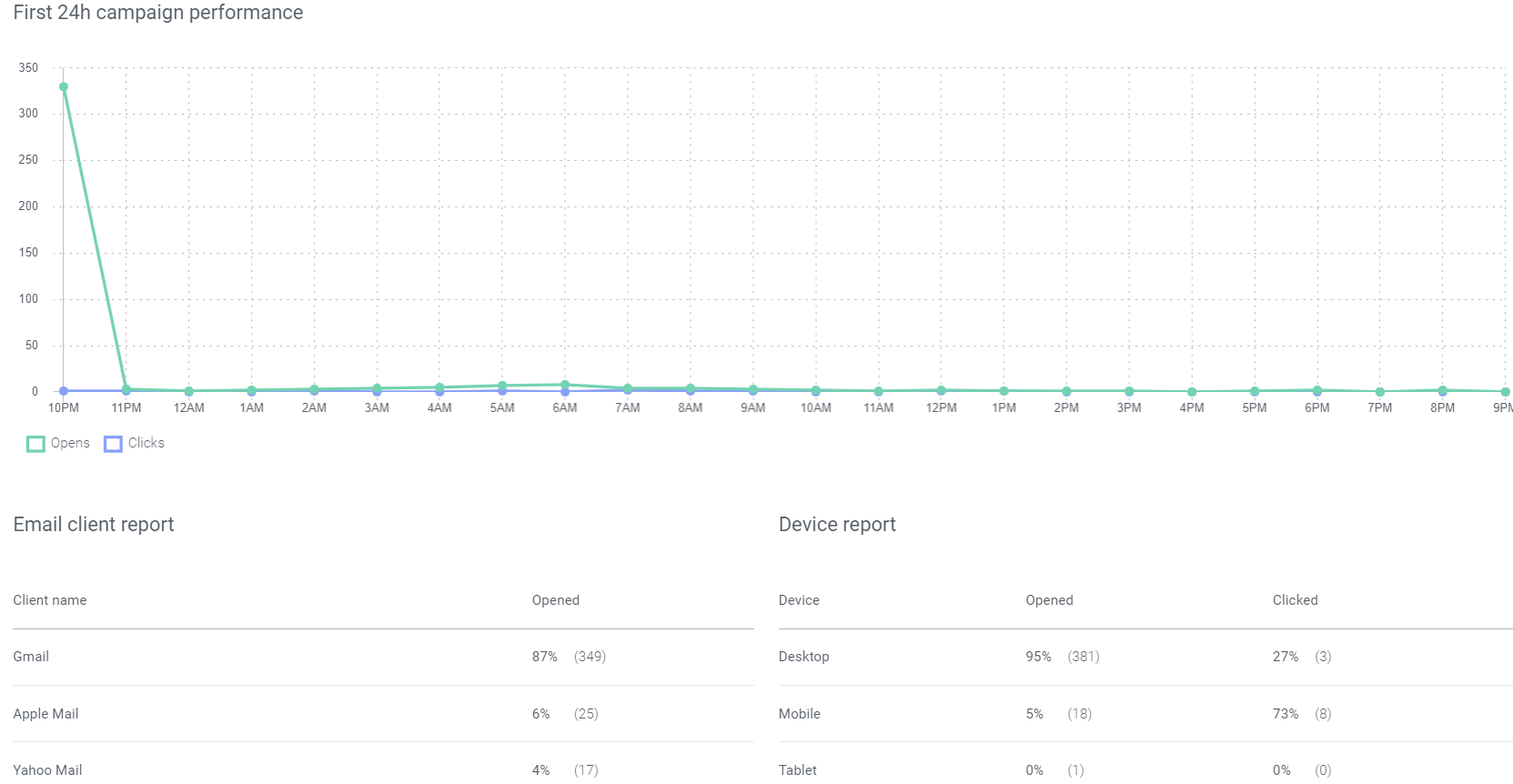
Other Features
A unique feature of Omnisend is the SMS marketing function. It can send text messages to customers who have registered their phone numbers.
Like email, it has a builder and can be incorporated into automation (MA).
There is room for debate on whether customer communication via SMS is common in Japan, but it becomes a viable option for businesses considering omnichannel (multichannel) marketing.
Summary
That concludes the explanation about the features. In summary, it is an excellent app that thoroughly covers the functions needed for eCommerce email marketing.
While its additional features may seem a bit lean compared to Klaviyo, its capability to support SMS marketing stands out.
Pricing of Omnisend
Omnisend offers both a free plan and paid plans (Standard Plan, Pro Plan).
The free plan allows up to 250 email address registrations and up to 500 email sends per month, so it's challenging to continue using it for free at a certain store scale. The free plan is realistically for those who want to try out the features for a set period.
Regarding the paid plans, the most significant difference between the Standard and Pro is whether or not “SMS is included.” If there is no need to use SMS, the Standard Plan is fundamentally sufficient.
The actual fee for the paid plans is determined based on the “number of active delivery targets.” It is calculated by subtracting the number of contacts who have chosen “delivery stop” from all the contact numbers. Below are excerpts of some usage fees (as of May 2023).
Comparing the fees for the same number of email addresses with Klaviyo, it appears that you can use it for about 50% to 70% of the cost (in the case of the Standard Plan).
For example, for 30,000 address counts, Omnisend is $270, while Klaviyo is $500.

Who Should Choose Omnisend and Why?
Considering the functions and price, the features of Omnisend can be summarized as below:
- It provides all functions required for a marketing tool, and its ability to execute omnichannel marketing using SMS is characteristic.
- It is inferior to Klaviyo in some minor aspects but can execute segment deliveries utilizing behavior (order) data.
- It can be used at a considerably lower cost compared to Klaviyo.
For stores that want to execute marketing equivalent to Klaviyo at a lower cost, it is an attractive tool.
However, for those who master using Omnisend, there might be instances where the segment email delivery functions may feel inconvenient.
Reference Article:
Step-by-Step Guide to Sending Emails in Omnisend
I will explain the steps to send emails with Omnisend using images.
First, please install "Omnisend" from the Shopify App Store.
https://apps.shopify.com/omnisend

Once installed, the customer list from Shopify will automatically be synchronized.
The contact list linked from Shopify seems to have the "Email Distribution Permission" setting turned off by default, so change it to "Convert to subscribed" from Audience.
*Consent from the recipient is necessary for email delivery. Only perform this operation if the customer has given "distribution permission" when registering their email address.

When migrating from Klaviyo or Mailchimp, you can inherit the settings of email distribution permissions.
Let’s create an email campaign. Click “New Campaign” from “Campaigns.”

Click “Create Email” and fill in the email title and sender information in Campaign Setting. Once completed, click Next Step.


A list of templates will be displayed, choose your preferred one and click “use template.”

Here is the email builder. Add elements with drag & drop and edit as needed. Once the email is complete, click "Finish editing."

Next, set up the email recipients. If you want to send emails to all customers who have given distribution permission, select "All Subscribers." If you are sending emails to segment, you can select the segment you created in advance from "Let me choose segments." Once selection is completed, click "Next Step."

Finally, schedule the delivery. If you choose "Schedule for later" from "Start Sending", you can set the delivery date and time. Once the setting is completed, click "Schedule Campaign." With that, the email sending process is complete.

You can check the campaign results from the "Report" in the menu.

That was a brief introduction to the steps to send emails with Omnisend.
Conclusion
If you want to focus on email marketing in Shopify, Omnisend is an attractive option. You can use features equivalent to Klaviyo at a lower cost. Moreover, since it also supports SMS marketing, it is an appealing choice for those considering customer communication through omni-channels. However, be mindful that if you don’t understand how to use it, you may have to rely on English support pages.
The usage fee is significantly cheaper than Klaviyo, and when comparing with the same contact count, the fee is set to about 50%-70%.
For stores finding the features of Klaviyo appealing but are restrained by the cost, it could be a strong candidate.
Regarding segment delivery functions, the ability to perform "behavior segmentation" utilizing order data is superior compared to other email marketing tools. However, when compared to Klaviyo, there are more restrictions in the details, and there might be inconveniences as you get accustomed to using it.
By combining "ECPower," which can perform segmentation equivalent to or better than Klaviyo, with Omnisend, you can conduct advanced segment deliveries at a lower cost than Klaviyo.
Customer segment tool "ECPower" fully utilizes Shopify store data and is a tool that can create advanced customer segments without coding. Additionally, the created segments can be compared and managed from perspectives like CLV, average order amount, and purchase frequency, enabling the effective implementation of email marketing activities aimed at improving CLV. If you are interested, please check the product site.

![[2023] The Ultimate Guide to Omnisend | Introduction to Shopify's Top Email Marketing Tool](https://assets-global.website-files.com/642aaea322dda262581bd474/65160edfa4a457153fc0f421_Omnisend.png)

